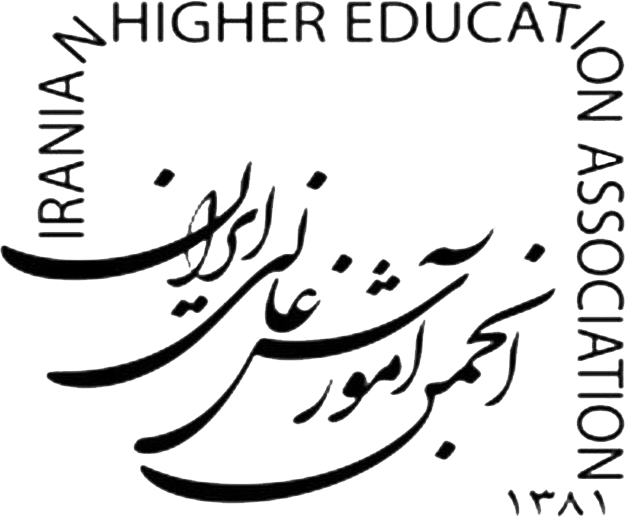1- PhD student in Educational Management, Department of Educational Sciences, Roudhan Branch, Islamic Azad University, Roudhan, Iran
2- Assistant Professor, Department of Educational Sciences, Roudhen Branch, Islamic Azad University, Roudhen, Iran ,S.afkane@iau.ac.ir
3- Associate Professor, Academic Board of Higher Education Management Department, Higher Education Research and Planning Institute, Tehran, Iran
2- Assistant Professor, Department of Educational Sciences, Roudhen Branch, Islamic Azad University, Roudhen, Iran ,
3- Associate Professor, Academic Board of Higher Education Management Department, Higher Education Research and Planning Institute, Tehran, Iran
Abstract: (9 Views)
Objective: The present study aimed to design a model for skill-based (purposive) education in higher education.
Methods: This research was conducted using a mixed-methods (qualitative-quantitative) approach. Participants in the qualitative phase included academic experts (university administrators and higher education planners) and organizational experts (relevant officials from state and Islamic Azad universities). The quantitative phase involved all faculty members, educational administrators, and Ph.D. students at universities in Tehran (both state and Islamic Azad universities) during the 2023-2024 academic year. In the qualitative phase, the statistical sample was selected via purposive sampling (snowball method), reaching theoretical saturation after 12 interviews; however, analysis continued up to 18 interviews. The research instrument was a semi-structured interview, and data analysis was performed using thematic analysis based on open, axial, and selective coding. The statistical sample for the quantitative phase, determined using Cochran's formula, consisted of 386 individuals. The data collection tool in this phase was a researcher-made questionnaire, whose validity and reliability were confirmed using established methods.
Findings: The findings indicated that the core category in skill-based education is the enhancement of educational pedagogy to empower the workforce and develop managerial characteristics in higher education. Contextual conditions such as organizational culture, technological infrastructure, existing learning models, and human capacity building were identified as effective in achieving this goal. Participants proposed strategies at the individual, organizational, and macro levels for the effective implementation of this model. Finally, the results of structural equation modeling confirmed the validity of the proposed model.
Conclusion: The designed model, focusing on job-market-applicable skills, can pave the way for transformation in higher education and enhance the professional competence of graduates.
Methods: This research was conducted using a mixed-methods (qualitative-quantitative) approach. Participants in the qualitative phase included academic experts (university administrators and higher education planners) and organizational experts (relevant officials from state and Islamic Azad universities). The quantitative phase involved all faculty members, educational administrators, and Ph.D. students at universities in Tehran (both state and Islamic Azad universities) during the 2023-2024 academic year. In the qualitative phase, the statistical sample was selected via purposive sampling (snowball method), reaching theoretical saturation after 12 interviews; however, analysis continued up to 18 interviews. The research instrument was a semi-structured interview, and data analysis was performed using thematic analysis based on open, axial, and selective coding. The statistical sample for the quantitative phase, determined using Cochran's formula, consisted of 386 individuals. The data collection tool in this phase was a researcher-made questionnaire, whose validity and reliability were confirmed using established methods.
Findings: The findings indicated that the core category in skill-based education is the enhancement of educational pedagogy to empower the workforce and develop managerial characteristics in higher education. Contextual conditions such as organizational culture, technological infrastructure, existing learning models, and human capacity building were identified as effective in achieving this goal. Participants proposed strategies at the individual, organizational, and macro levels for the effective implementation of this model. Finally, the results of structural equation modeling confirmed the validity of the proposed model.
Conclusion: The designed model, focusing on job-market-applicable skills, can pave the way for transformation in higher education and enhance the professional competence of graduates.
Keywords: : Higher Education, Skill-Based Education Model, Purposive Education, Skill-Based Training, Qualitative Study
Type of article: Research |
Subject:
Special
Received: 2025/08/3 | Accepted: 2025/11/1 | ePublished ahead of print: 2025/11/15
Received: 2025/08/3 | Accepted: 2025/11/1 | ePublished ahead of print: 2025/11/15
Send email to the article author
| Rights and permissions | |
 |
This work is licensed under a Creative Commons Attribution-NonCommercial 4.0 International License. |





